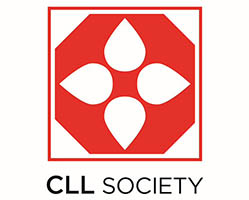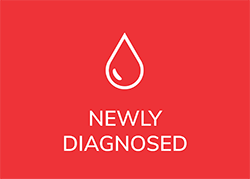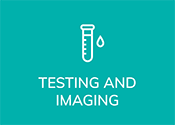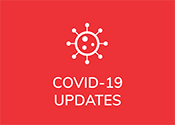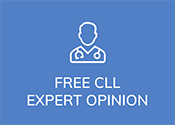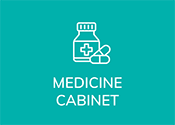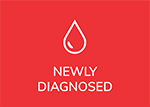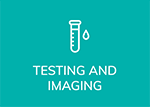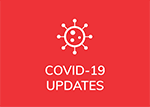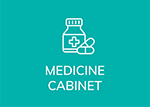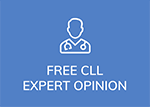
Home » CLL / SLL Resources » Ask the Experts
Ask the Experts About CLL and SLL
Sometimes one needs a reliable answer to a simple question. CLL Society offers you access to an expert physician, pharmacist, lab scientist, nurse, and hospice doctor to answer your questions.
Below, you will find an archive of questions submitted by readers and answered by the CLL Society medical experts. Questions and answers have been categorized by topic for convenience and relevance. If you don’t see the category you’re looking for, please use the search feature above. Remember that we cannot give medical advice, and any suggestions made here should be reviewed with your treating doctors.
Everyone asks questions…
Search here first to see if your question has already been answered:
Ask the Experts Library of Questions and Answers
Ask the Experts is a free service provided by CLL Society, allowing our patient and caregiver community to receive answers to questions about CLL / SLL. Questions are submitted by email and are confidentially sent to either an expert CLL physician, registered nurse, lab scientist, or hospice/palliative care physician for a short reply. This service is intended for educational purposes only. It is not meant to guide clinical decisions or render medical advice and does not undertake an extensive review of medical charts or lab results.
While we welcome your questions, they should be of general interest and should not require a long explanation or detailed review of the medical history. Inquiries commonly concern symptoms of CLL / SLL, understanding lab results, medications, side effects, nutrition and exercise, and COVID-19.
Please limit questions to one submission per month. Individuals will receive a personalized response from the expert usually within two weeks or less and are often referred to specific resources on CLL Society’s website to obtain further information.
For more complex personal questions, consider using our
Here you’ll find free access using a HIPAA-compliant video platform after the doctor has had a chance to review your medical records.
CLL Society content is not intended to be a substitute for professional medical advice, diagnosis, or treatment or to replace your relationship with a physician. The treatment of chronic lymphocytic leukemia (CLL) and other related cancers is highly individualized. You are strongly encouraged to speak with your physician regarding the information that you learn and how it may pertain to your unique medical situation. Never disregard professional medical advice or delay in seeking it because of something you have read on the CLL Society website.

RECENT NEWS
When appropriate, the CLL Society will be posting updates and background information on the present Coronavirus pandemic focusing on reliable primary sources of information and avoiding most of the news that is not directly from reliable medical experts or government and world health agencies.
